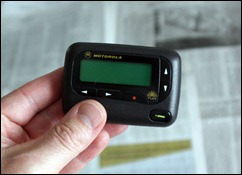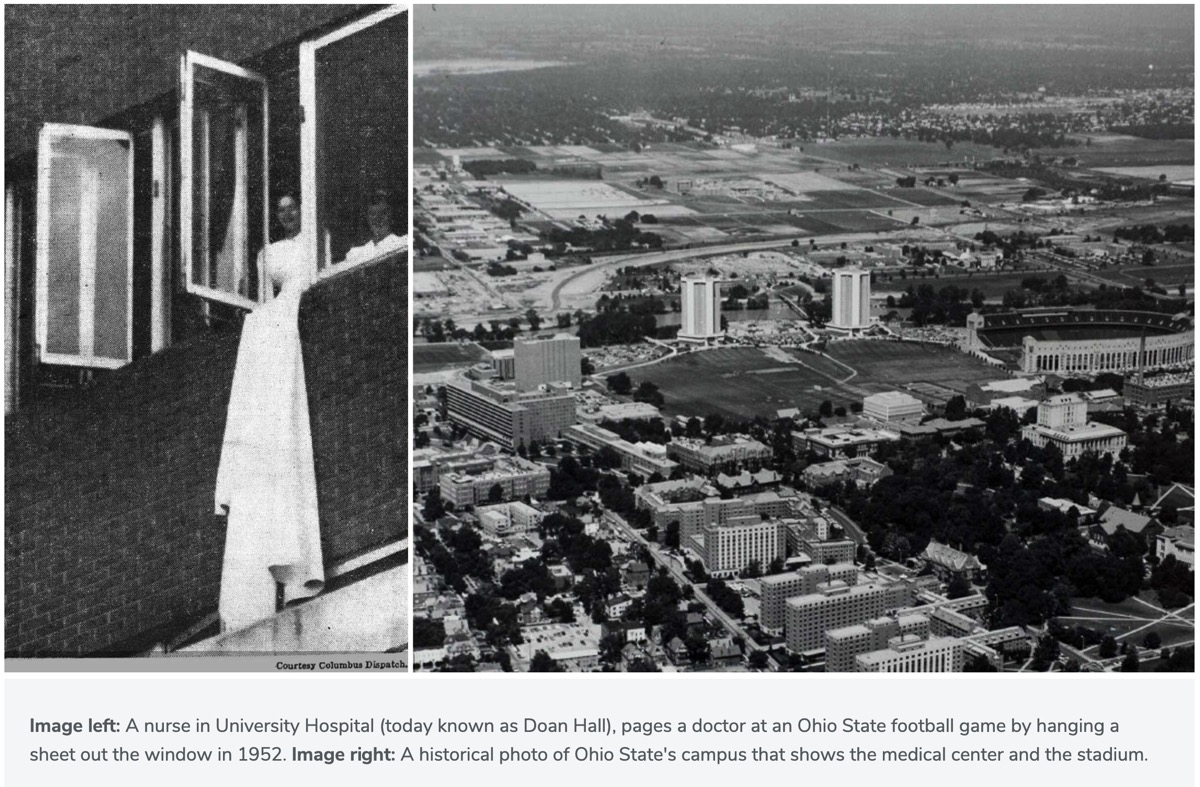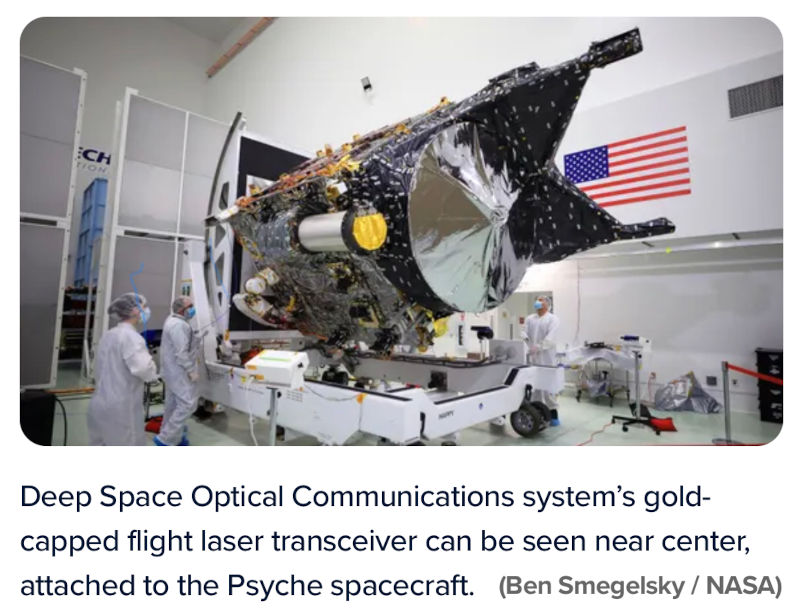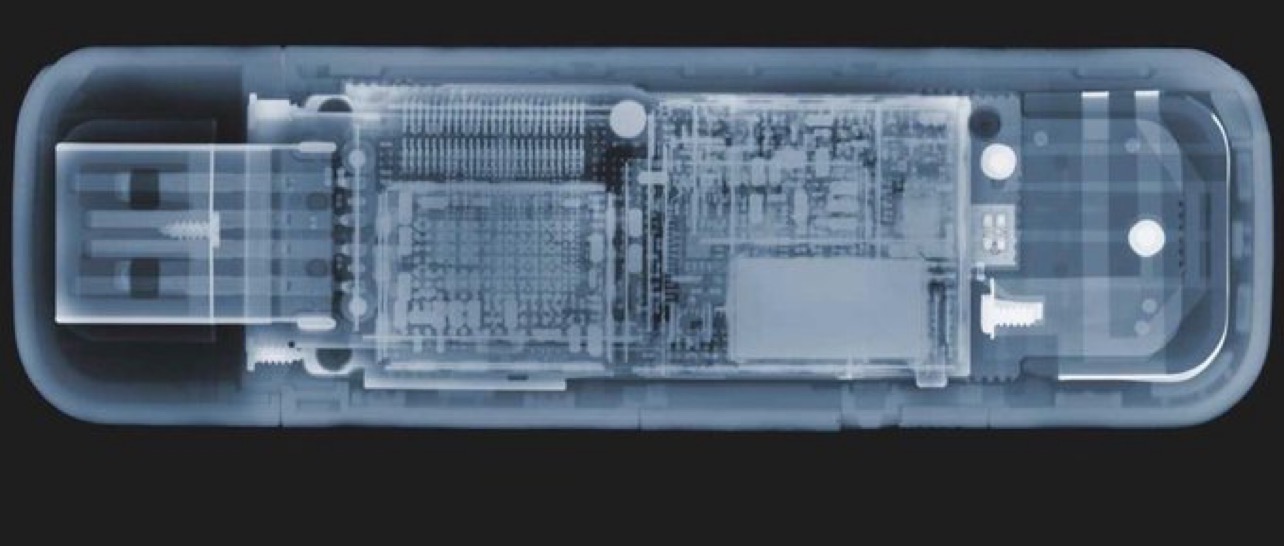Posted By RichC on November 25, 2023
 This first story is from my son-in-law Drew, and highlights just how communication for doctors has changed throughout the years. The “pager” is synonymous with doctors as hospitals and medical offices have used them for years to communicate quickly. Sure they pretty much all have cellphones and smartwatches these days (they do also still use pagers), but what did they use before the pager? (BTW, photo at right is of one of my old pagers from the 1980s-90s)
This first story is from my son-in-law Drew, and highlights just how communication for doctors has changed throughout the years. The “pager” is synonymous with doctors as hospitals and medical offices have used them for years to communicate quickly. Sure they pretty much all have cellphones and smartwatches these days (they do also still use pagers), but what did they use before the pager? (BTW, photo at right is of one of my old pagers from the 1980s-90s)

The clever way we paged doctors at Ohio State football games in the ‘50s
IN THE DAYS BEFORE pagers and cellphones, it wasn’t easy for on-call doctors to venture far from a telephone, much less get to Ohio Stadium to see the Buckeyes play.
In 1951, though, football-fan staff members at Ohio State’s University Hospital designed a system that would allow physicians to see a football game at the Horseshoe without missing a call to come back to the hospital.
Before heading to the stadium, each doctor would register with authorities at the hospital and would be given a code signal.
The building, which had just opened in 1951, was easily visible from the stands in the ‘Shoe, as this was long before construction started on many of the campus buildings now standing between the two structures.
If they were needed, the doctor’s code signal would be communicated via bedsheets dangled out the fifth-floor windows of the building, which is today known as Doan Hall.
MORE
The second story is one of using lasers in space. A recent NASA’s DSOC experiment demostrated optical communications beyond the Earth-Moon system. It is a flight laser transceiver, a ground laser transmitter, and a ground laser receiver that has sent a signal 10 million miles and will improve data capacity and speed of communications in space.
Scientists say that NASA’s Deep Space Optical Communications (DSOC) experiment beamed a near-infrared laser encoded with test data from nearly 10 million miles away – about 40 times farther than the Moon is from Earth – to the Hale Telescope at Caltech’s Palomar Observatory in San Diego County, California.
Known as “first light,” this success is a significant stepping stone toward increasing the amount of data that can be transmitted throughout the solar system.

“Achieving first light is one of many critical DSOC milestones in the coming months, paving the way toward higher-data-rate communications capable of sending scientific information, high-definition imagery, and streaming video in support of humanity’s next giant leap: sending humans to Mars,” said Trudy Kortes, director of Technology Demonstrations at NASA Headquarters in Washington, D.C.
Comparing the upgrade to optical communications to the shift from traditional telephone lines to fiber optics, NASA noted that using optical communications will increase the capacity of state-of-the-art radio systems currently used by spacecraft by 10 to 100 times.
MORE
Category: Medical, News, Space |
No Comments »
Tags: deep space, doctors, laser, light, medical, osu, space









